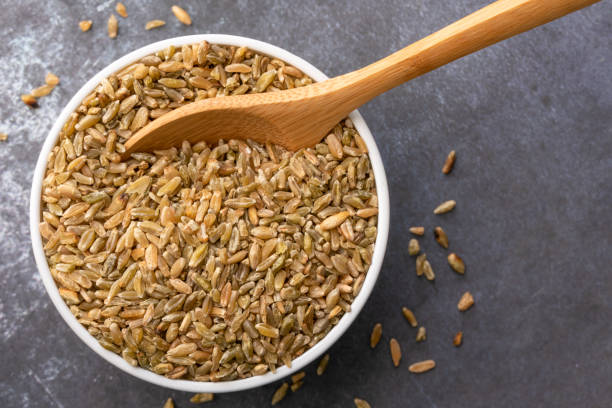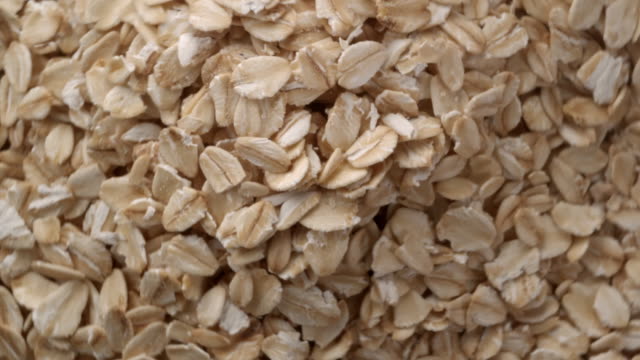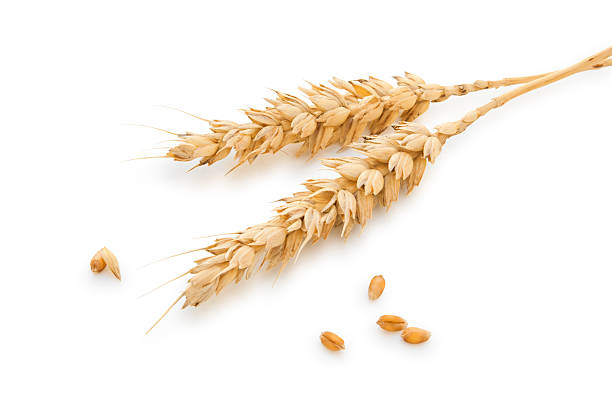Amidst the rich tapestry of ancient grains, freekeh emerges as a nutritional powerhouse, celebrated for its distinctive flavor, versatility in the kitchen, and an impressive array of healthful benefits. Originating from the Middle East, freekeh is a grain with a history dating back centuries, and its recent resurgence in modern cuisine highlights its exceptional nutritional value. Let’s delve into the nutritional richness that makes freekeh a revered grain in the world of wholesome foods.
Whole Grain Nutrient Density:
Freekeh is a whole grain, meaning it retains all parts of the grain—the bran, germ, and endosperm. This completeness contributes to its high nutrient density, providing a range of essential nutrients that might be diminished in refined grains.

Rich in Protein and Dietary Fiber:
One of freekeh’s standout features is its impressive protein content, making it a valuable source of plant-based protein for vegetarians and vegans. Additionally, freekeh is abundant in dietary fiber, featuring both soluble and insoluble fibers. This fiber richness supports digestive health, aids in maintaining a healthy weight, and fosters a balanced gut microbiome.
Essential Minerals (Iron, Magnesium, Zinc):
Freekeh contributes to the body’s mineral needs, offering notable amounts of iron, essential for oxygen transport in the blood. It also provides magnesium, crucial for muscle and nerve function, and zinc, vital for immune system support and wound healing. The mineral ensemble in freekeh supports various physiological processes, ensuring overall well-being.
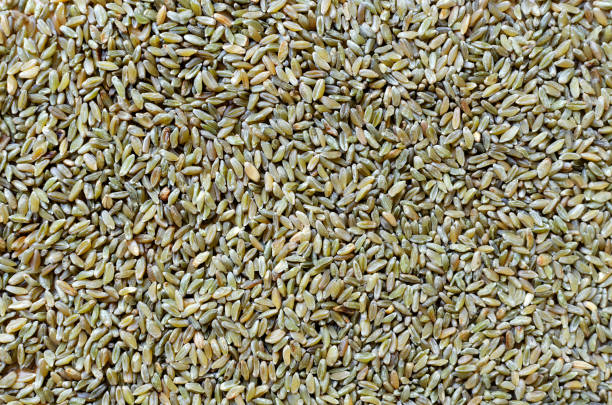
B Vitamins for Metabolic Vitality:
Freekeh adds to the B-vitamin spectrum, featuring thiamine (B1), riboflavin (B2), niacin (B3), and folate. These B vitamins play essential roles in energy metabolism, nervous system function, and the synthesis of DNA. The presence of these vitamins in freekeh contributes to its nutritional diversity and supports metabolic vitality.
Antioxidant Properties:
Freekeh possesses antioxidant compounds, including polyphenols, which play a role in neutralizing free radicals and reducing oxidative stress. The antioxidant properties of freekeh contribute to cellular health and may aid in the prevention of chronic diseases associated with inflammation and oxidative damage.

Low Glycemic Index:
Freekeh has a relatively low glycemic index (GI), indicating a slower and more gradual release of glucose into the bloodstream. This characteristic is beneficial for those looking to manage blood sugar levels, making freekeh a suitable choice for individuals with diabetes or those aiming to maintain stable energy levels.
Culinary Versatility:
Freekeh’s culinary versatility extends from being used in savory dishes like pilafs and salads to sweet creations like breakfast bowls and desserts. Its nutty flavor and unique texture make it a delightful addition to a variety of culinary creations, offering a wholesome and satisfying element to meals.
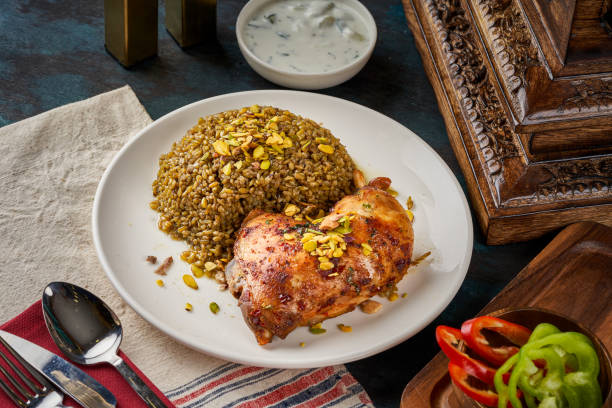
In conclusion, freekeh, with its whole grain goodness, protein density, and nutrient diversity, stands as a nutritional gem in the world of ancient grains. As we savor its ancient heritage and embrace its culinary adaptability, we partake in a journey that celebrates not only the historical significance but also the healthful benefits of freekeh. From supporting digestive health to providing essential nutrients, freekeh remains a symbol of nutritional excellence in the diverse landscape of grains.

